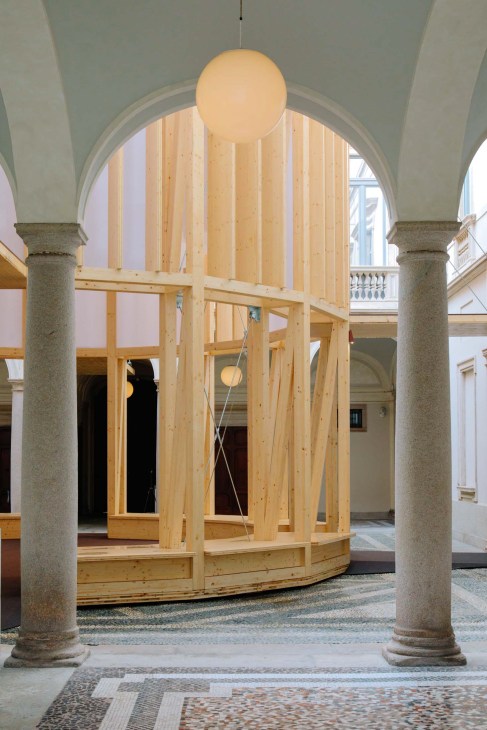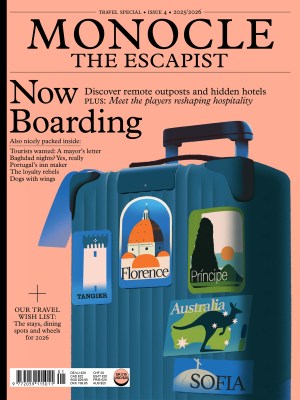Milan’s Palazzo Citterio boosts its cultural cachet with a new museum
After more than 50 years, a new arts hub has finally opened in the building.
Milan had to wait a long time for Palazzo Citterio to become a museum – about half a century, in fact. After the Italian Ministry of Culture purchased it in 1972, disagreements, red tape and the death of one of the project’s architects slowed progress towards that goal. But at the end of last year the “Grande Brera” project, uniting the palazzo with the nearby Pinacoteca and Braidense National Library under one cultural umbrella, finally took it over the line.
The museum, which is currently open from Thursday to Sunday every week, was fitted out by Milan- and Bologna-based architect Mario Cucinella. His selection might have had something to do with his impressive work on another cultural institution, the Fondazione Luigi Rovati, on Milan’s Corso Venezia. Cucinella says that he found Palazzo Citterio in perfect condition; one of his jobs was to reinforce the floors to make them sturdy enough to take the expected footfall as part of works that lasted nine months. Mario Cucinella Architects’ hand can be seen in everything from the lighting to the glass cabinets and the two long, curved display tables that are designed to facilitate disabled access, allowing viewers to get close to the works. “There’s so much attention to detail here,” says the architect, speaking from his plant-filled Milan office. “When everything works, no one notices. But if you mess up, everyone does.”

His remit also extended to the entrance hall, which features a sculptural table that serves as a ticket office, information desk and mini-bookshop. The flowing space and integrated seating create a modern, welcoming experience for visitors, while respecting the history of the building.
It presents a striking contrast between old and new, adding to Palazzo Citterio’s architectural mix. The basement, used for temporary exhibitions, is in a 1980s brutalist style, courtesy of UK architect James Stirling. The top floor, another temporary show space with exposed piping, has an industrial look, while the piano nobile, the permanent exhibition floor, feels very much like a section of an 18th-century palazzo. On display are the Jesi and Vitali collections of 20th-century art, which didn’t have the room that they needed at the Pinacoteca. Palazzo Citterio’s 200 or so works include Picassos, Modiglianis and pieces by futurist painter Carlo Carrà.

A Cucinella-designed wooden temple structure, donated to the museum by Salone del Mobile, sits inside an inner courtyard alongside various artistic masterpieces. This courtyard, inspired by a temple in Raphael’s painting “The Marriage of the Virgin”, will eventually be covered by a glass roof. Cucinella says that the aim was to create something contemporary, while also referencing history. It acts as both a functional gathering space and a symbolic meeting point at the heart of the wider Grande Brera complex. “It has become the image of the palazzo,” he says.
palazzocitterio.org


